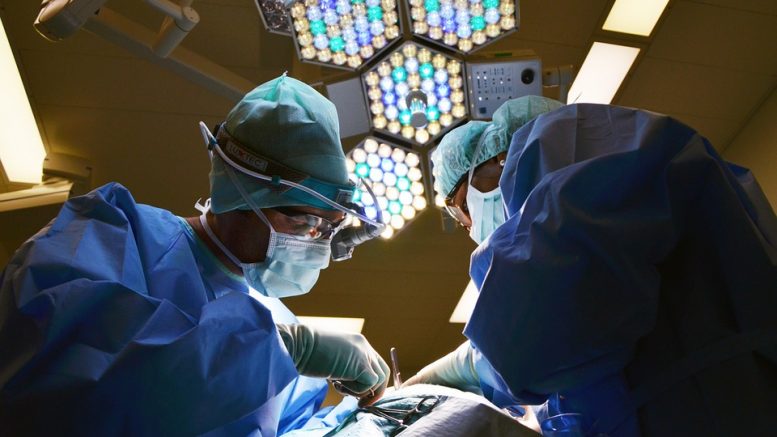While most are familiar with wearable fitness monitors, wearables in the medical field are taking off for further integrated home healthcare. New medical wearable garments file for FDA approval and patents daily, with the goal being safe, consistent, and effective patient care. In general, these wearables are developed with one function in mind. Some of these devices are used to monitor the wearers’ vitals, and provide services if the collected data indicates that there is a medical issue. These wearables are similar in nature to artificial and wearable organs, or machines that can replicate the functions of certain organs are increasing and moving rapidly forward in terms of both technology and integration. As advances in technology continue, the synergy between wearable devices and medical therapies is becoming more pronounced, allowing for real-time data collection and personalized treatment plans. This integration not only enhances patient engagement but also empowers healthcare providers to make timely interventions based on accurate patient information. Furthermore, the potential for these wearables to interface with telehealth services could revolutionize how patients manage chronic conditions from the comfort of their homes.
An artificial organ is a biocompatible man-made device that is implanted into a human. This device interacts directly with the biological human form in order to resume functions lost when the organ failed or was removed. The aim of artificial organs is to improve the quality of life rather than live without that function (in most cases, use of an artificial organ is crucial to the survival of the user). Some examples include anything from internal organs – kidneys, bladders, pancreas – to artificial limbs designed for amputees. The most recent developments in the artificial organ sector has been in the implementation and research into a wearable artificial kidney (WAK) – further reading below.
Where an artificial limb is easier to transport, artificial organs can cause difficulty. There are often many parts that are directly integrated or surgically placed within the patient. Some of these implants have the ability to continue to work exclusively internally, while others will require parts on both the inside and outside of the body, in turn necessitating an entry point through which a connection can be established. Through the skin entry site could be a tube, a cord, or any piece necessary to power the devices. A battery pack and a control panel are both fairly common parts of an implanted device, which are both crucial to the continued function of the implant.
This raises the question: how does one conveniently transport all elements of an implanted organ or medical device? In some cases, a wearable vest or holster may be ideal for the external electronic elements. With the utilization of a medical holster, the wearer doesn’t have to worry about carrying the electronics by hand, nor do they need to worry about any device elements getting enough distance to risk disconnection (and therein medical emergency). The electronic pieces can also be integrated into a vest as well if the device has multiple elements, or even a medical pouch that can safely be secured to the wearers everyday clothing. The possibilities of medical vests, holsters, and pouches (or any combination of the three) have the potential to not only improve the lifestyle of those living with an artificial wearable organ, but also to improve the confidence in both oneself as well as the technology.
Fieldtex is working with numerous companies to prototype and produce wearable device garments, each utilizing different technologies. We specialize in creating custom solutions, tailored to any device and design, to take full advantage of its technological capability while offering upmost comfort for the wearer. We have developed specialized straps, vests, and pouches that make medical devices easy to wear and non-invasive.
Do you have an idea for a Wearable or Artificial Organ solution? Learn more about our Custom Wearable Medical Device Garments here.
For further reading:
Follow the development process as the FDA moves to approve an artificial wearable kidney

